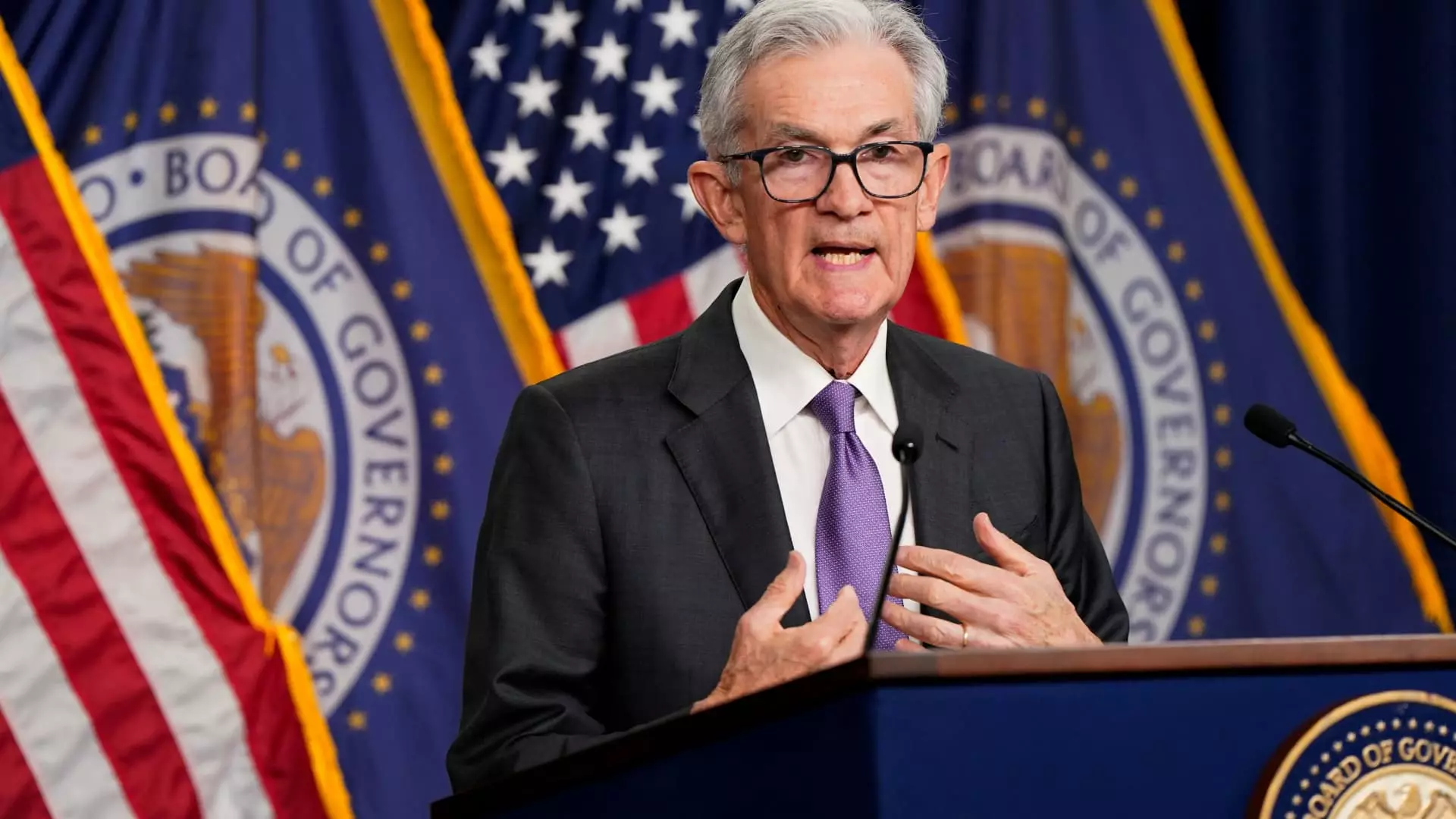Federal Reserve officials gathered at their March meeting were apprehensive about the pace at which inflation was decreasing, despite the expectation of interest rate cuts later in the year. The Federal Open Market Committee voted to maintain the current short-term borrowing rates and expressed unease over the fact that inflation, although declining, wasn’t doing so convincingly. The Fed currently targets a benchmark rate between 5.25% to 5.5%.
FOMC members decided to retain the language in the post-meeting statement that they wouldn’t lower rates until they had “gained greater confidence” in the steady decline of inflation back to the central bank’s 2% annual target. Discussions at the meeting highlighted uncertainty regarding the persistence of high inflation, with recent data failing to bolster confidence in inflation trending down sustainably to 2 percent. Factors such as geopolitical turmoil, rising energy prices, and the possibility that looser policy might contribute to price pressures were cited as risks by officials.
Discussion at the meeting was centered on rising inflation rates in January and February, along with concerns about a balanced labor market, technological advancements, economic weaknesses in China, and a deteriorating commercial real estate market. Chair Jerome Powell acknowledged the potential impact of seasonal issues on the inflation readings of the past two months, though some meeting participants argued that the recent broad-based inflation increases should not be dismissed as statistical anomalies.
Coincidentally, on the same day as the meeting, the Fed received concerning news about inflation. The consumer price index, a widely followed inflation indicator though not the primary focus of the Fed, showed a 12-month rate of 3.5% in March, exceeding market expectations. This development led to speculation that the high inflation readings at the beginning of the year might not have been outliers, causing traders in the fed funds futures market to adjust their rate cut expectations. Market pricing now suggests a rate cut in September, with a total of two cuts anticipated for the year.
Nearly all meeting participants deemed it appropriate to transition to a less restrictive policy stance sometime in the year if the economy evolved as expected. The discussion also touched on the matter of ending the balance sheet reduction. The Fed had previously reduced its holdings of Treasurys and mortgage-backed securities by approximately $1.5 trillion through allowing proceeds from maturing bonds to roll off each month. Plans to ease off the reduction were mentioned in the minutes, with a reduction of the roll-off by roughly half and the process commencing “fairly soon.” Most market economists anticipate this adjustment to occur within the next couple of months, urging a cautious approach to these changes.
By critically assessing the details from the Fed’s March meeting, it is evident that concerns over inflation persist, influencing expectations of future rate cuts and adjustments to monetary policy. Despite the anticipation of lower interest rates, uncertainties surrounding inflation trends and economic factors continue to loom large, prompting a cautious approach from policymakers.

Leave a Reply